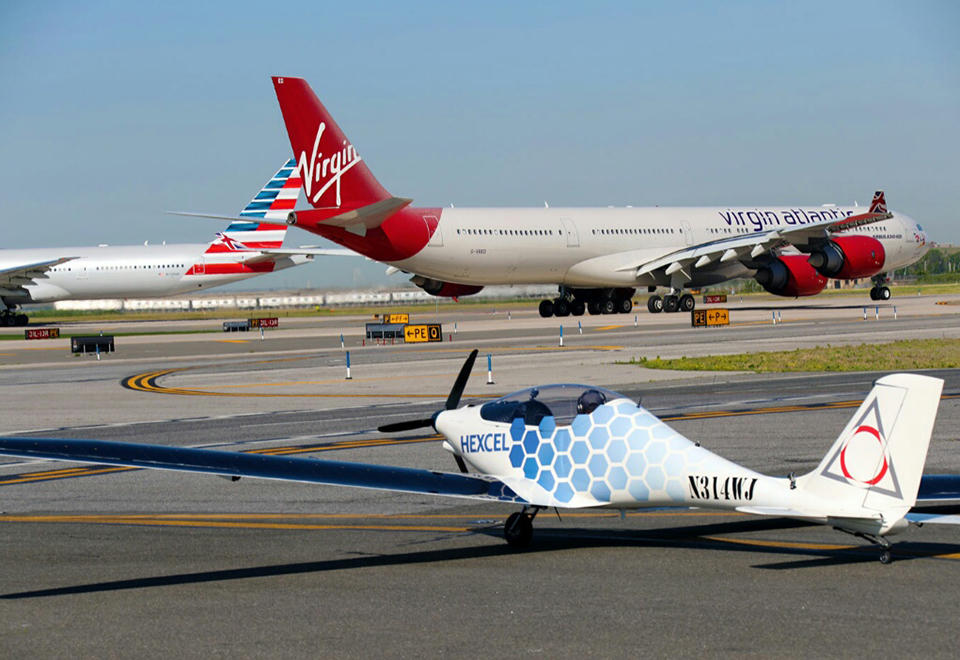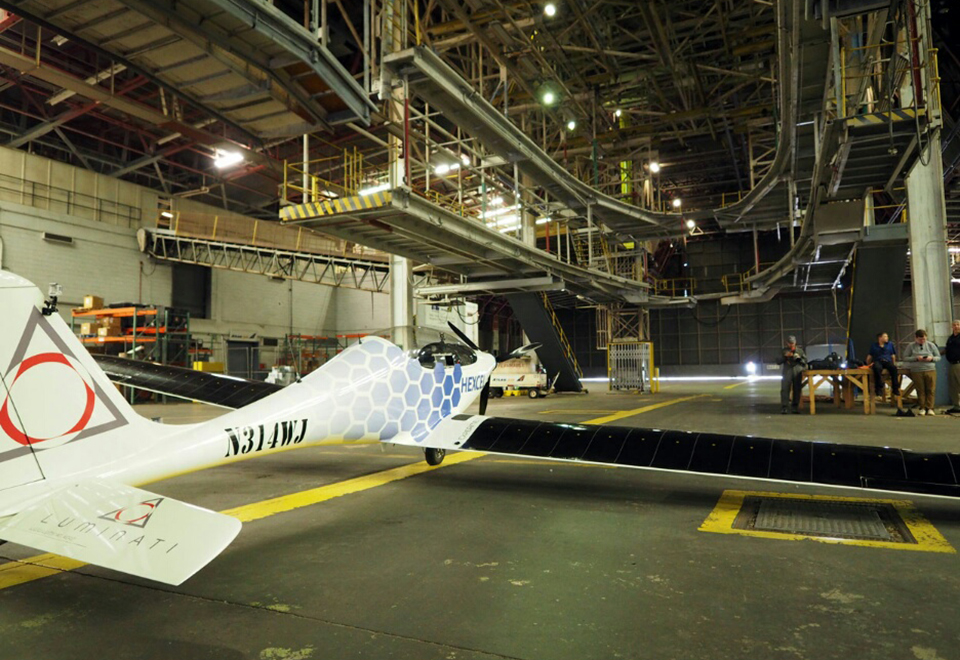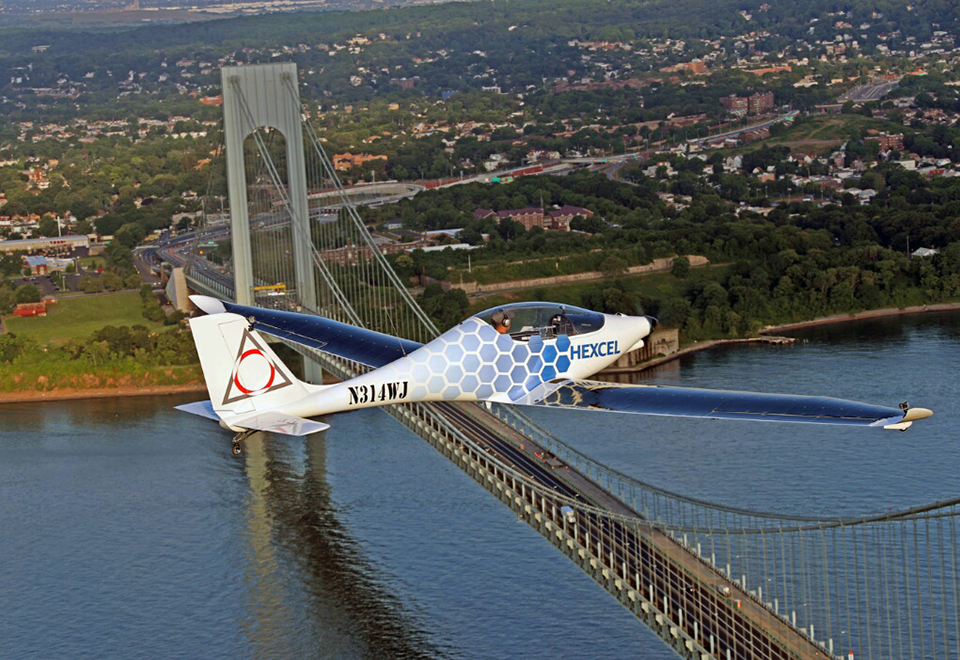Innovations
Luminati Uses Perpetual Flight for Worldwide Communication
Megan Esau
July 29, 2016 - Luminati Aerospace plans to help bring communication to the 4 billion people worldwide who currently live without access to the internet with its solar-electric Substrata airplane.
The Substrata uses its solar-electric power combined with energy extracted from wind gradients to keep the airplane in perpetual flight, making it ideal for use as a stratospheric satellite.
“Where we’re funded is to produce these as a communications platform,” said Daniel Preston, CEO/CTO of Luminati. “You can think of it simply as to replace cell towers in the areas of the world where it’s not economical to that infrastructure.”
Many of those 4 billion people worldwide without internet access live in low-population density clusters within 20 degrees of the equator, where Preston said copper and fiber cell towers are not an ideal option. The proximity of these clusters to the equator also rules out the feasibility of low-orbiting satellites, which would decay too quickly.
A number of the technologies used on the Substrata are what allow it to thrive while in perpetual flight in this environment. One of those technologies is the incorporation of synthetic jets — thousands of small cavities — in the wings of the aircraft.
“What’s happening is that you’re sucking in a little puff of air, and it’s puffing out a little puff of air,” Preston said. “When you put something like that in the right place on your airfoil, that little puff of air changes how the surrounding airflow interacts with your wing. You can change the shape of your wing with these little puffs.”
This allows a higher dynamic response rate than control flaps, allowing the aircraft to respond quick enough to harvest energy from wind gradients that may come and go quickly. It also allows higher angles of attack.
“[The Substrata’s] max alpha is 13 degrees.” Preston said. “With the synthetic jets operating we can go to 18 degrees.”
These synthetic jets serve a third purpose, using mass distributed control surface to keep the wings unloaded on an aircraft whose weight comes 50 percent from batteries.
The Substrata runs on a small, 10-hp engine that is 96.4 percent efficient in addition to running on solar power. It has an indefinite range during daylight and can fly up to four hours into darkness with a 220-pound pilot — that is, if the airplane has a pilot.
“It’s what we refer to as an OPV, optionally piloted vehicle,” Preston said. “We can fly it fully autonomous with no pilot with no ground station, we can fly it remote from a ground station, or a pilot can fly it manually.”
He said the autopilots on the airplane are also programmed for vortex formation flight, so that multiple Substratas can fly in the trailing wing vortices of another, greatly reducing the power required of the trailing aircraft.
Luminati was started with a $50 million contract with a Fortune 250 dot-com company. Preston said large internet-based companies such as this will rely on technologies such as the Substrata to remain up and running.
“Every single person in the entire world who’s on the internet is already a customer of Google and Facebook,” he said. “Their business models are in trouble unless they can connect the remaining people. That’s the single-highest priority in these companies is to interconnect these remaining people in the world.”
Full production for the Substrata begins in October, and plans are for the first aircraft to be fielded in India during the second quarter of 2017.




